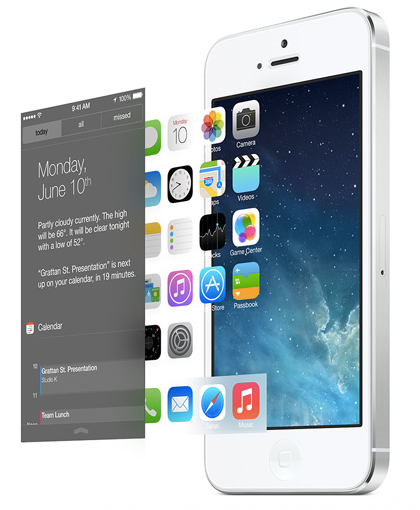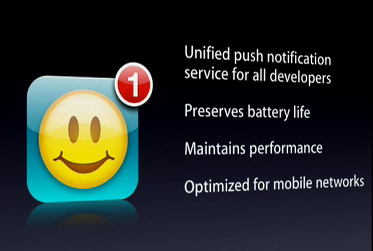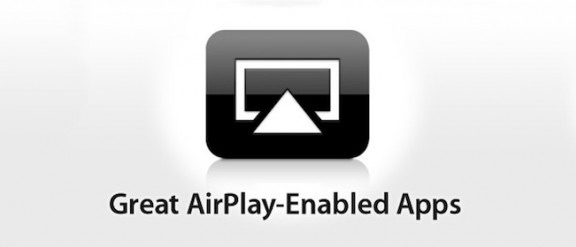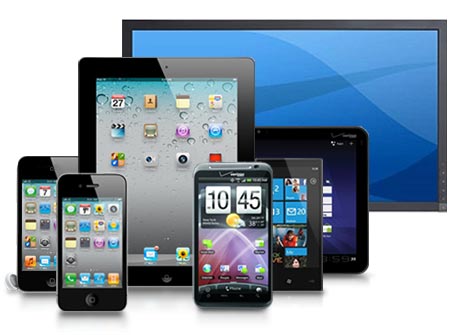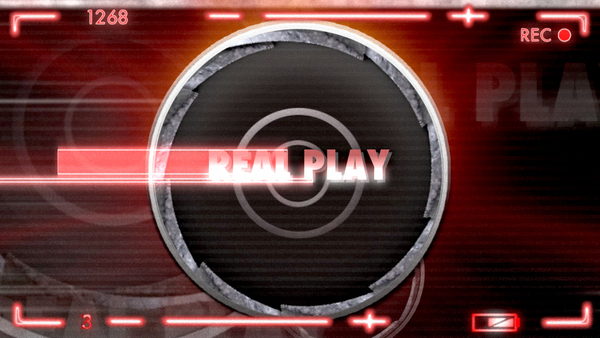
A major advantage of HTTP Live Streaming, and it is still unbeaten by any other standard, is that you can use any technology to compose multimedia content. You don’t need expensive media servers to handle media streams. You can easily delegate media composition to some simple PHP / Python / Ruby / Node.js modules. As a long-time Flash lover I was somewhat prejudiced against the Apple’s video delivery standard. But as a developer, every day I use it to solve tasks which have been almost unattainable with the previous stack (or required expensive software). Adobe HDS playlists have been really hard to deal with. Just think of binary data in f4m playlists. They require much more time to develop & debug the solution. MPEG DASH is also far from being intuitive.
In this post, we are going to discuss how to make an alternative audio track for your video. Although HTTP Live Streaming can streamline this task, yet there are some limitations, so you need to make certain hacks on the client side. In our Together project, we had to implement alternate sound tracks for user videos. Luckily, we use HTTP Live Streaming throughout the system. Continue reading
